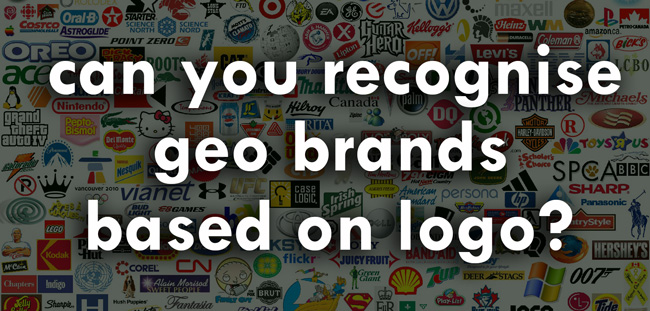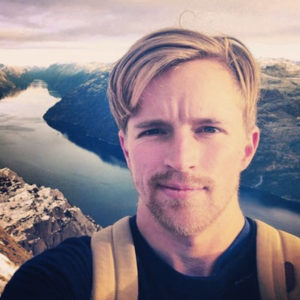 CartoDB is the next generation location intelligence and data visualization engine that enables the transformation of location data into insights. CartoDB is building an ecosystem that gives universally accessible technology to connect and map data, create data-driven customized visualizations, and develop location-based data applications.
CartoDB is the next generation location intelligence and data visualization engine that enables the transformation of location data into insights. CartoDB is building an ecosystem that gives universally accessible technology to connect and map data, create data-driven customized visualizations, and develop location-based data applications.
Talking Maps and Open Source with Andrew Hill
CartoDB has been doing some great work lately, be it their Geoawesome Twitter visualizations of world cups, elections or some cool traffic flow maps. There are an interesting Geo startup that works with Open Source a lot, does a lot of community outreach and mapping. We had the pleasure of talking to Andrew Hill, their Chief Scientist Officer (Startup titles eh 😉 ) about maps, CartoDB and open source and where they are headed next. Read on 🙂
Open Source is at the heart of what CartoDB does, Was it the plan from day one?
Yes, it was CartoDB’s was created to bring location data intelligence to the masses by democratizing access to maps and location data and Open Source provides us the method to built the best software in order to reach our vision.
You had an interesting question “What are the limitations of what we call a map” in your interview to GeoHipster. Many companies have been pushing the envelope there, be it Twitter maps or visualization wearable tech data. What is your vision for maps?
Maps are one of many tools in the CartoDB technology, albeit the most obvious one. In reality, CartoDB has tools for geospatial analysis, geo-enabled data pipelines, real-time resampling, and of course design and rendering. We have built a great stack to create maps some of the time while leveraging geospatial capabilities all the time. This puts us in a good position to move and grow with the ever changing definition of the “map”.
We have built the optimal stack to create maps some of the time while leveraging geospatial capabilities all the time. This puts us in a good position to move and grow with the ever changing definition of the “map”.
You have a PhD in Ecology and Evolutionary Biology, Javier has a degree in Agricultural Engineering. Are interdisciplinary teams the norm at your office?
We came from a background where the most exciting ideas came from the most unexpected places. Mixing people that have years of experience on a topic with smart people that have never thought about the topic before often leads to sparks. Javier, Sergio, the rest of those early guys learned to thrive on those sparks.
Spatial sciences have benefited a lot from “outsider perspectives”. How would you define “Geospatial”? Moving forward do you think we are going to see greater integration with computer science and maps?
I’m 100% certain that the inflow of “geospatial” into computer science is well underway. Geospatial is just the dimension of data that defines location. In reality, so much of the data we are producing already is, or with a little bit of work could be, geospatial. Now more than every before, organizations and individuals are realizing the power and possibility hidden in the geospatial dimension of their data.
Now more than every before, organizations and individuals are realizing the power and possibility hidden in the geospatial dimension of their data.
Much of the work at CartoDB has been about rewriting maps & visualizations with JavaScript. How much is going to change now that WebAssembly is in the works?
Well, any advance on how the web works is going to have a great impact on the way we create and deliver visualizations. A faster web experience will mean a better product and also more possibilities. It is very exciting to see the web finally taking serious care of performance at this level.
Initiatives like Map Academy are going to definitely going to be a help when it comes to getting more people to appreciate the potential of location data. Are we going to see more courses at the Map Academy? How can the Open Source community can help with it?
Absolutely! As our tools and team grow in lockstep, so will our need to create easy ways for people to learn advanced mapping techniques. Take SQL for example, one of the most powerful ways to bend data at will, the web lacks many good learning tools for SQL. We have recently released our introductory class and will continue to expand upon it very actively. That type of lesson particularly excites us because the people that learn those skills can use them in CartoDB but also in tools far beyond our project.
You are an assistant professor at NYU, whats your advice for geo grads?
Learn how to code… at least a little.
Dig into some of the CS solutions to web mapping. Not necessarily learning how to code them, but learn how they have been solved. A lot of crazy interesting work has been done that doesn’t feel inherently “geo” on the surface but at the end of the day has changed maps possibly forever.
Learn how to code… at least a little.










